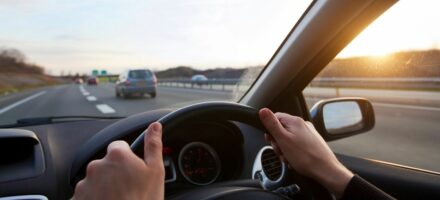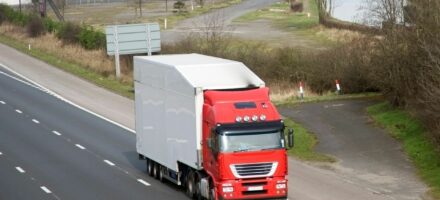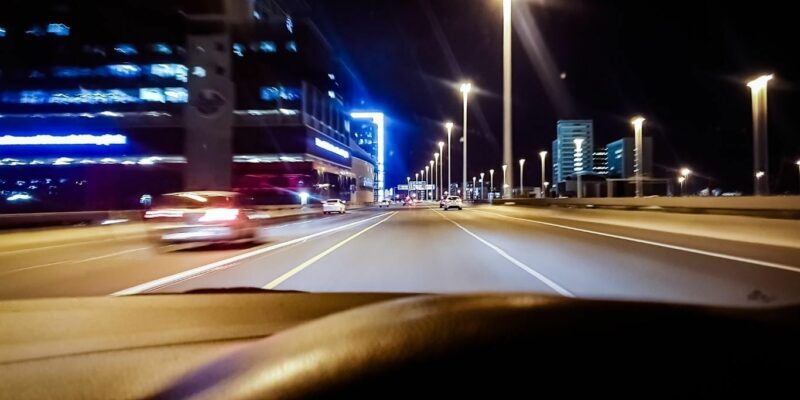
Driving in built-up areas requires different skills to driving on normal roads. In many urban areas, there will be many obstacles to take into account, such as children playing in and alongside the road, or even animals straying into the road. Because of this, being acutely aware of your surroundings is a vital skill, as it can be extremely dangerous to lose concentration for just a few seconds.
Watch Out for Children
In built-up residential areas, there are often children playing in and around the road, particularly if there is no area nearby for them to play safely. They may also decide to cross the road from between parked cars, even if there are far safer places to do so. Dealing with situations like these involve reducing your speed (there will often be speed limits in place, which you should make a point of staying below) and taking careful note of everything around you. Keeping your wits about you is often very important when driving in built-up areas, as there can be greater potential for disaster.
Schools
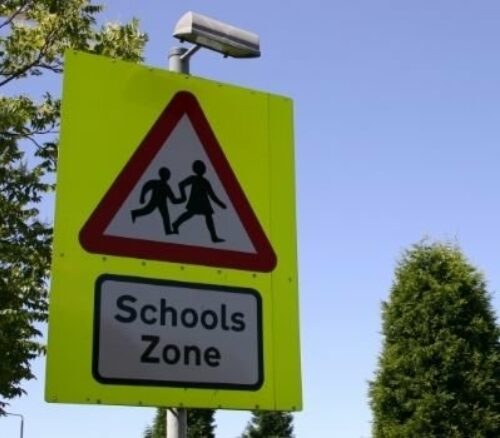
Schools are common in built-up areas, so this is something else to consider when driving through. There may be children crossing roads at various intervals, and they may not always be looking where they are going. As a driver, it’s your responsibility to avoid an accident, and this is easier to do if you keep to the speed limit. If there isn’t a speed limit, stick to a speed that allows you to keep a close eye on your surroundings.
In some areas, there may be flashing amber ‘School’ signs to warn approaching drivers that they need to be aware of children crossing the road from a nearby school.
School Bus Routes
If you come across a bus that is displaying a school bus sign in the front or back window, you should be extremely cautious when trying to overtake, as they may be children getting off the bus. Some of these children may cross the road straight in front of or behind the bus, as they may assume that the traffic will be stopped or slowed down by the bus. Obviously, this is rarely the case, but children can be very impatient!
Your view will undoubtedly be at least partially blocked by the bus. It’s best to wait behind the bus until it moves off, as you will then have a much clearer view of whether there are any children attempting to close the road in front of you.
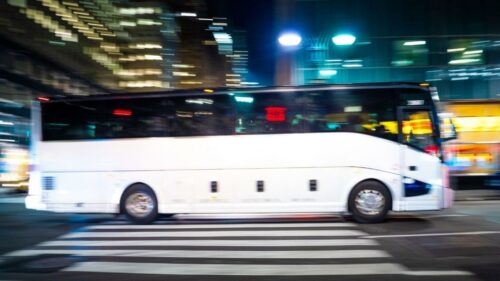
School Crossing Patrols
If you approach a school crossing patrol, you need to slow down if it shows a ‘Stop’ sign.
As long as you reduce your speed and stay focused while driving through built-up areas, you shouldn’t encounter too many problems. Hazard perception is an essential skill to display, as being alert to a potential problem before you approach it is just one characteristic of a safe driver. Even if the road ahead of you looks clear and problem-free, it can change in a matter of seconds, especially if there are lots of parked cars in the vicinity.
Disclaimer: The information in the article is for general purpose information only and should not be constituted as legal advice. This article has been produced by a third party and Jardine Motors does not take any responsibility for the completeness, accuracy, or reliability with respect to the website or the information provided. Article last updated March 2016.

